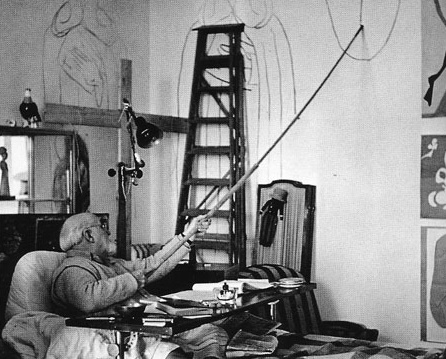KEY CONCEPT
Who will invent the new Nylon? Unlike the DuPonts of the past, large corporations are focusing more on applied research, which can lead more quickly to products, than basic, longer-term scientific research that benefits society as a whole.
IDEA SUMMARY
In the early 1990s, large corporations started moving, slowly and almost imperceptibly at first, away from the kind of broad scientific research that led to such inventions as Nylon and the graphic user interface (GUI). GUI transformed personal computing by enabling users to, for example, simply drag a document into a folder instead of typing in commands in code. It was the GUI that separated Apple Computer from the first PCs.
The GUI story, however, might help explain why corporations started leaving basic scientific research behind. The graphic user interface was not invented by Apple; it was invented by Xerox. While Apple used it as the foundation of a new company that would change our lives in numerous ways, Xerox received no benefit from its original research.
For decades, it was assumed that ground-breaking, in-house scientific research gave the edge to large corporations such as DuPont or AT&T. But perhaps corporations were growing tired of spending large amounts of money, time and personnel to develop research that helped other companies. Of course, other reasons might explain the migration away from scientific research, including the required long-term commitment in an increasingly short term-focused world or the growth of small, research-intensive start-ups better designed for innovative scientific research.
A team from Fuqua Business School in North Carolina and Norwich Business School in Norwich, England explored in depth the extent to which large corporations were shifting from basic to applied scientific research, and the most important reasons behind this shift. Based on a variety of data from 1,000 firms, dating from 1980 to 2007, the researchers drew the following conclusions:
- Investments in science by publicly traded American companies has diminished over time. The researchers used publications in scientific journals by scientists from these companies to measure this trend. The fact that the greatest decrease is in basic science journals rather than applied science journals indicates this trend is not driven by intellectual property protection. The reason: articles that could help competitors develop products are more likely to be found in applied science journals.
- The value of basic science has decreased. The market value given to firms with scientific capabilities and the acquisition premium paid for companies with such capabilities have fallen. Research-driven start-ups, whose end-game is usually to be acquired by a larger firm that can implement their research, are finding fewer suitors and in a number of cases, have to move from research to development themselves.
- Investments by these American companies in applied research has increased. This conclusion was based on the number of patents filed by American firms during the period in question.
- The value of applied science has remained stable, or perhaps increased. There is no sign of a decrease in the value of patents as reflected in the acquisition prices paid for companies with a stock of patents.
In short, as the researchers explain in their NBER paper, ‘Killing the Golden Goose? The Decline of Science in Corporate R&D’, corporations are less interested in the golden goose of basic scientific research, and more interested in the golden eggs that come from applied science.
BUSINESS APPLICATION
Innovation is a major driver of the economy. The growing disinterest by corporations to engage in basic research may lead to a general decrease in the production of new knowledge. Without such new knowledge to drive the economy, everyone loses.
Perhaps a less pessimistic view of the corporate move away from science is that the slack is being picked up by universities, other public and government research centres and small, technical companies, many of whom depend on university research. The trend, in this view, reflects a reallocation of scientific research. However, as public support for scientific research wanes, undermining universities and other research centres, the base of new knowledge on which to build innovation will decrease.
Corporations must think carefully of how much they want to focus on short-term applied science that may be giving them the competitive patent-protected products of today, but without laying the groundwork for sustained competitive innovation. Somewhere, someone must conduct the fundamental scientific research from which the new Nylon — that ground-breaking product that not only ushered comfort in fashion, but helped the allies win World War II — will be developed.
REFERENCES
Killing the Golden Goose? The Decline of Science in Corporate R&D. Ashish Arora, Sharon Belenzon & Andrea Patacconi. NBER Working Paper No. 20902 (January 2015).











